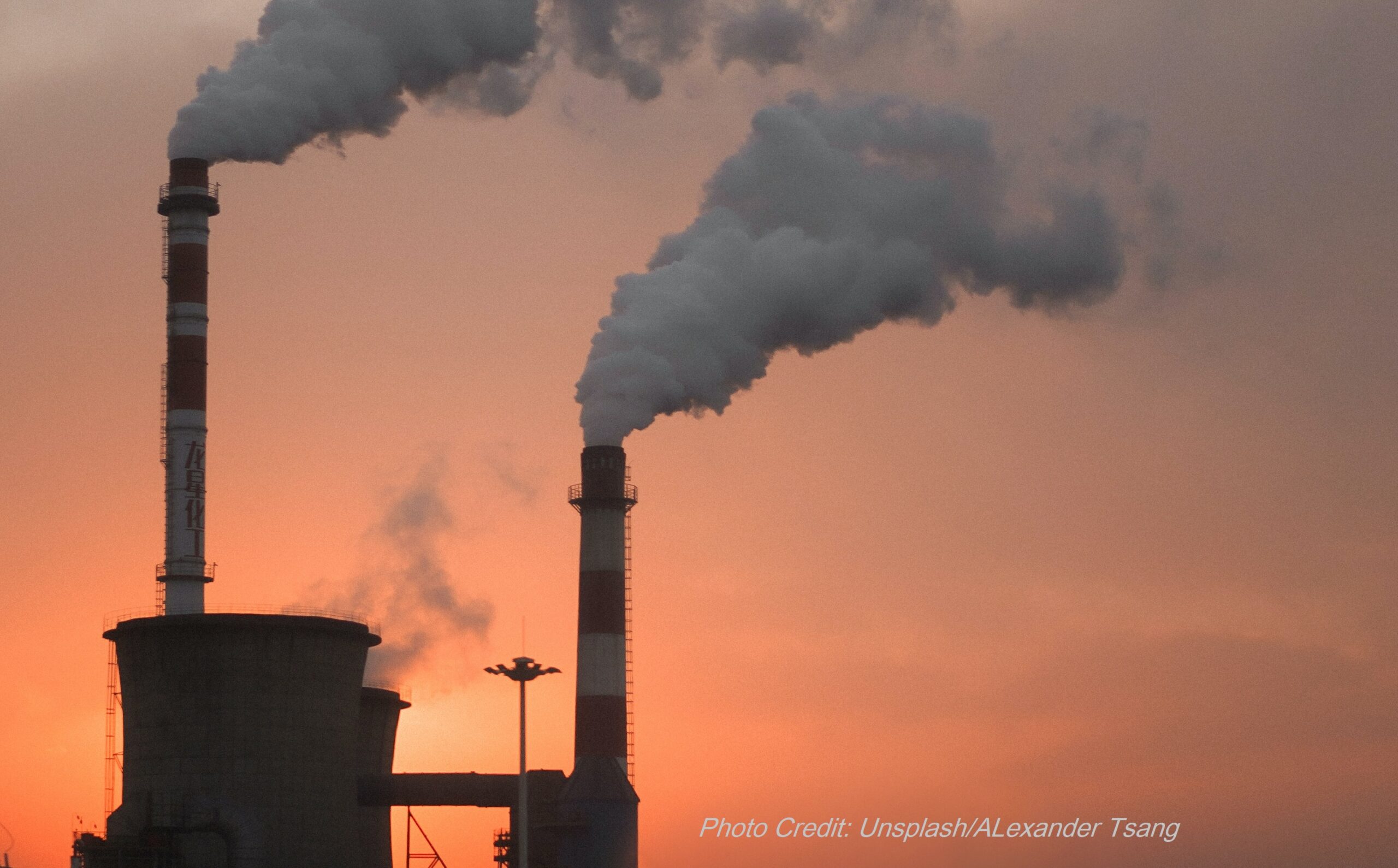A new study in Environmental Research Letters finds that when heatwaves are combined with higher air pollution, there are more preterm (premature) births than you would expect from either a heatwave or higher air pollution by itself.
This is significant, because as climate change happens we are experiencing higher temperatures, and more frequent heatwaves. Climate change with increased temperatures also causes more ozone formation, and wildfires exacerbated by climate change create more particle pollution. So we can expect there to be more situations where heatwaves combine with higher air pollution.
Premature births are a leading cause of infant mortality, and are associated with many longer term problems including physical, developmental, and cognitive problems.
The study was conducted in California, and included births from 2005-2013. The authors found that heatwaves and air pollution are synergistic in causing premature births. Synergistic means that there are more premature births when both heatwaves and higher air pollution occur together than you would expect from either of heatwaves or higher air pollution alone.
The study also looked at greenspace, and found a possible interaction with heatwaves. Lack of greenspace is known to be linked to higher neighborhood temperatures, and is also linked to the sustained effects of redlining and environmental racism. There are also suggestions that trees and bushes actually help reduce particulate air pollution. Air pollution exposure is also known to be linked to environmental racism, with factories and highways deliberately built in communities of color.
This study gives us several solutions: we can reduce air pollution by transitioning to clean renewable energy, and clean transportation. We can also create cooler, greener neighborhoods, especially in formerly redlined neighborhoods. All of these will also help address climate change, and keep it from being so severe.
Read the study in Environmental Research Letters here.
11/6/2020





